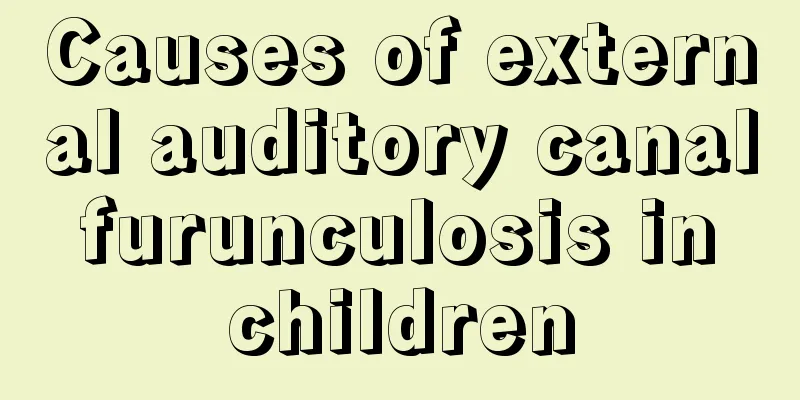What material is good for baby bottles

|
When choosing baby products, parents will pay special attention, because the baby's body is very fragile, and the baby is also in the golden stage of growth and development. Therefore, the toxins contained in baby products at this time will directly endanger the healthy growth of the baby. In particular, special attention should be paid to the material of the bottles that babies use every day, because the bottles are exposed to high temperatures for a long time and toxins are easily precipitated. So what material should be chosen for baby bottles? What is a baby bottle A baby bottle is a container commonly used for storing milk. It usually refers only to the bottle body and does not include the matching nipple. But when you buy a bottle, merchants often give away a pacifier. In terms of raw materials, baby bottles are generally divided into two types: glass bottles and plastic bottles. Plastic baby bottles contain polycarbonate (PC), polypropylene (PP), polyamide (PA), polyethersulfone resin (PES), and polyphenylene sulfone resin (PPSU). Except for polycarbonate, all others do not contain bisphenol A (BPA). What material is good for baby bottles 1. Glass baby bottle: suitable for newborns Advantages: high safety, high heat resistance, reasonable price, easy to clean, not easy to scratch, and reusable. Disadvantages: low strength and fragile. 2. Plastic baby bottles: suitable for babies over three months old PP material: the most common, with high performance and top quality in baby bottles. PES material: It has most of the advantages of glass bottles and is easier to clean, but its price is higher. PPSU material: has a high safety factor, strong durability, and is easier to clean, but it is expensive and has a narrow brand selection. 3. Stainless steel bottle: for babies over 1 year old Advantages: long service life and low price. Disadvantages: The bottle is not transparent and you cannot see the amount of milk left. 4. Silicone baby bottles: suitable for babies of all ages Advantages: safe, light, soft, and highly comfortable to use. 5. Ceramic baby bottle Advantages: safe and non-toxic, can keep warm. |
<<: What to do if your child takes an overdose of medicine
>>: How to educate a 3-year-old child who loves crying
Recommend
Introduction to Tonsillitis in Babies
Tonsillitis in babies may be caused by the mother...
Why does a four-year-old child have leg pain?
For children, because they do not have a good und...
How to deal with a low-grade fever in a newborn
Newborns look very small, so small that we all th...
What should you pay attention to when children have hangnails on their hands?
In fact, it is very common for children to have h...
Why does my baby love to spit?
After the baby is born, some parents of newborn b...
Baby keeps shivering
Babies are young and often prone to symptoms of i...
Chickenpox disease course
Most people are familiar with chickenpox. In anci...
What should I do if my baby has a fever and doesn't want to eat?
When children are sick, they will have a poor app...
Can babies with eczema be blow-dried?
Many babies experience skin diseases during their...
What to do if your one-year-old baby has hemorrhoids
For mothers, their babies are the treasures in th...
Why does my baby have a runny nose when he gets hot?
Some babies have a runny nose when they get hot, ...
Can children eat red ginseng?
It is best not to let children eat red ginseng, a...
What medicine can children take to cure cold quickly?
Wind-cold cold is a relatively common type of col...
Why is my baby breathing rapidly when sleeping?
The baby's every move can make the parents ne...
What is childhood asthma
What is childhood asthma? I believe it is very ne...









